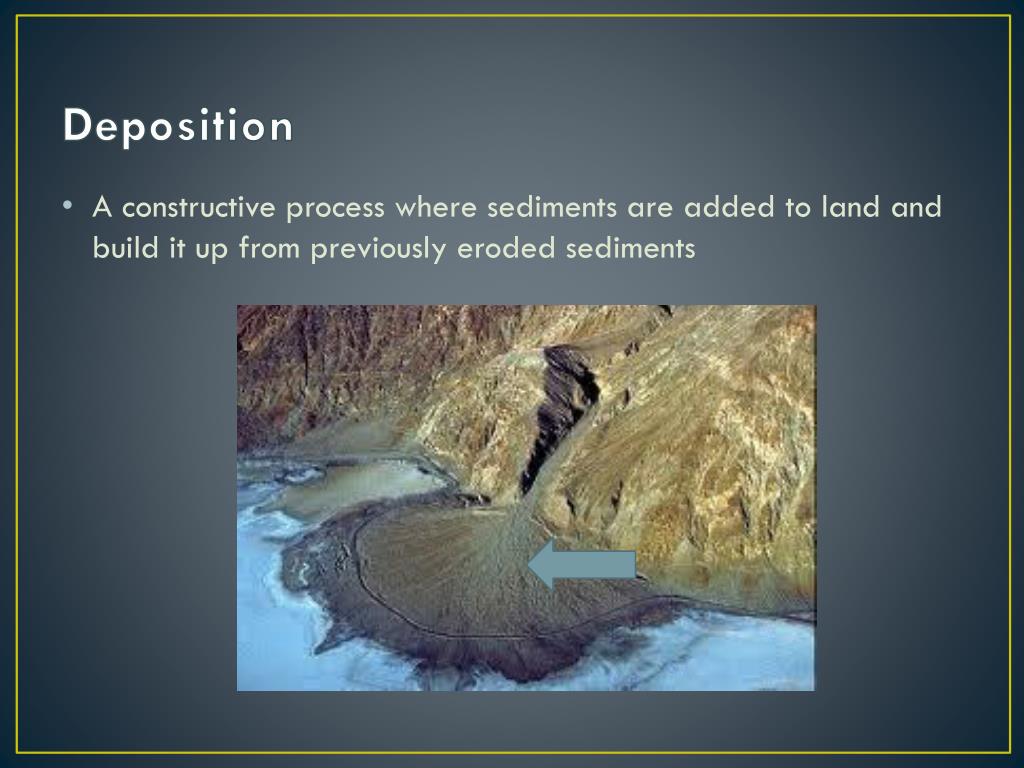

There are glaciers eroding the flanks of Mount Rainier, but the recent volcanism of the past few thousand years means the overall shape is more reflective of volcanism than glaciation. The smooth, rounded shape of this composite stratovolcano is primarily the result of layered ash, rubble, and lava over the past 500,000 to a million years, piling up over 14,000 ft high ( NPS). When two continental plates collide, neither plate is dense enough to be subducted, so the collision causes the plates to crumple and fold, creating mountain. Deforestation, overgrazing, construction, and road building often. If you go to the Paradise Visitor Center in Mount Rainier National Park, you can observe this dichotomy at work just by comparing the north and south. Looking to the north is the park’s namesake: Mount Rainier. Erosion is a natural process, though it is often increased by humans use of the land. Destructive processes like weathering and erosion and explosive volcanism shape the surface by removing material. (See, for example some K-12 resources here and here.) Constructive processes like the the deposition of sediment and extrusion of lava build landforms by adding material at the surface. One common frame used to introduce landforms in introductory Geology courses is the idea of constructive and destructive forces that create and change them.


 0 kommentar(er)
0 kommentar(er)
